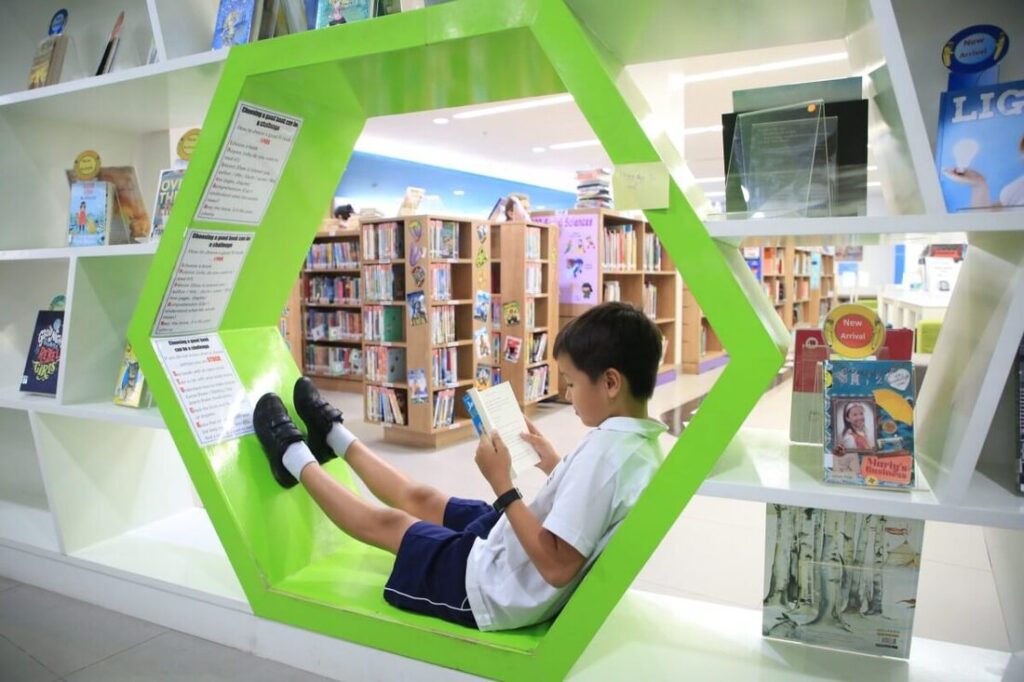Starting of School

How to Not be Nervous
I’ve seen lots of photos on Facebook this week of exceptionally smart, smiley and nervous looking kids, decked out in new uniforms and shiny shoes. It’s been, of course, lots of kids first day back at school and it’s unlikely they will be this smart again for another year. These ‘first day back at school’ pictures range from cute nursery snaps to collages of kids sporting gappy toothless smiles, replaced by braces, replaced by ‘to die for’ pearls. Mums’ and dads’ (mainly mums’) pride, but also nervousness, is apparent in the posts as successful first days of term are celebrated. Supportive comments such as ‘how grown up’, ‘what a lovely smile’, and ‘she’s looking so smart’ are genuinely heart warming and, to me, show social media being used positively. A mums’ (and teachers’) tribe at its best.

Sometimes when you are a teacher and you have kids going back to school you know too many of the rituals too. I remember myself just how stressful these rites of passage moments can be. Year 2 to Year 3 is a big jump and discussed infinitum. How will the children get to the bus independently without a bus monitor? The transition into Secondary is also a big deal and merits plenty of butterflies in the tummy for the whole family. This is despite excellent transition programmes,brilliant induction programmes and several coffee mornings for anxious parents. For parents the thought of their eleven year olds having to navigate the large campus, remember to put their bags in the lockers and avoid the wrath of any teacher, who think children who are late to class should be turned to mincemeat, is enough to turn the calmest of mums into ferocious lions defending their cubs! This is especially the case when transitioning to a new school, new country and making new friends. There’s no wonder everyone feels nervous as they go through this rites of passage.
Libraries as Safe Havens
When I was in the libraries I was always on the look out for students who might be feeling a bit lonesome, had lost their ‘helping hand’ or ‘buddy’ or were not having the best of times. Having found those kids I’d have a bit of a chat, but keep things low key. The library can be a real safe haven for students who are struggling and the last thing I wanted to do was to take that ‘safe place’ away from them. I would though pass on any concerns to tutors and pastoral heads who could then go on to support as appropriate. Whilst encouraging reading and sharing book suggestions was ‘my thing’, my primary aim was making sure the kids were settled and integrated with friends and their being in the library every break and lunch was often an indication of a concern.

The Friendship Minefield
The whole issue of friendship concerns can be a minefield that even the best of teachers and parents can’t always help with. As much as we want to ‘fix thing’s it isn’t always that easy. (We wrote about it in our IB Survival Guide and included strategies for handling friendship concerns for older kids.) With the younger ones some seemingly ‘lost’ kids just need time to find their feet but others need a little more intervention. Lunch times can be endless when eating alone, or wandering from place to place in the search of a friendly face; for some kids a teacher’s sympathetic look can be almost unbearable. I don’t know if it is because I’ve read so many ‘teen books’ (it came with the job) but my level of empathy about this has always been in overdrive. I find it heartbreaking to watch kids lonesome and struggling kids try to fit in. (Quiet note to self – stop being so melodramatic Sally!) Perhaps because of this,, or because I can’t seem to quite let teaching go (just yet), I’ve been trying to think of a few strategies for helping kids find their niche during their school leisure time.

Strategies for Settling into School
- Encourage Student Voice and ask kids their opinion about what lunch time activities they’d like to be offered. Have school leaders follow up on these suggestions and act on them so a range of activities for kids to take part in exist.
- Create groups for kids to join, eg sports’ or library councils. Encourage class reps but don’t rely on a ‘student’s vote system to choose them. It’s just my view, but I think, even amongst older kids student votes end up being popularity contests.
- Ensure that girls have equal opportunities to access lunchtime sporting activities. This may necessitate creating an actively promoted ‘girls’ only’ zone. This may be a bit backward looking, but realistically there aren’t anywhere near as many girls who kick a football around in the playground as there are boys.
- Ensure that girls know they are welcome in the youth club to play ping-pong and other games. Again girls seem more reticent about using facilities like this so they need encouraging to attend.
- Have a ‘chat room’ (or ‘hub”) which kids know they can visit if they are ‘alone’ and ‘at a loose end’. Ensure that this is supervised by an understanding, welcoming and fun teacher. Promote it to the kids so that they are not afraid to go. Don’t put it in the main school corridor where kids might be embarrassed to be seen, but don’t hide it away either. Perhaps discourage popular kids from turning up too often as sometimes there’s nothing like a large crowd of ‘cool kids’ to stop a more quirky or individual kid getting involved.
- Ensure that school community clubs and activity clubs actively welcome students from all age groups so that like minded kids can meet and get to know each other.
- Have counsellors be visible at lunch and break, chatting with kids and ensuring that the kids are aware that they are welcome to drop in and chat with them, with or without major concerns.
- Have a ‘retro kids’ play corner’ equipped with hop-scotch, skipping ropes, juggling balls and hula hoops etc. Closely supervise it to ensure it is used appropriately.
- Don’t assume Secondary kids are too big for lego, colouring and board games. They aren’t.
- Have tons of exciting library competitions and challenges. I’ve too many to list, it needs a post in it’s own right!
- Have an ‘errands station’ set up. This might be as simple as teachers advertising any students at a loose end for volunteers to come and tidy a cupboard or complete an IT task for them.
Whilst these ideas might help students that just need a bit of settling in school and help to enable them to meet other like-minded kids, I’m not for a second suggesting that they are a quick fix to solving more serious friendship issues. Lunch time activities, of course, need staffing and teachers are busy at lunch already helping with extended essays, choir rehearsals, drama meetings, swim meets and so on. Staffing is always going to be a challenge though perhaps teachers who run lunchtime activities could have their after school commitments reduced. It’s just a thought. Even better, why not get the senior students run lunch time activities for younger kids. I know my daughter Betsy used to love going to Year 2 to read with the little ones. It doesn’t have to be reading though and activities could be as varied as yoga, radio club or even line-dancing.(I’ve no idea why that came to mind!) Draw on the kids’ own passions.

A Cautionary Note
I know my old school had tons of opportunities for the students and one of the problems was that it was quite often the same kids who seemed to join everything. This meant that perhaps sometimes less confident youngsters hung back. With this in mind it is perhaps not too good an idea to overly advertise and promote some new activities. Instead directly invite the kids who you think need support. Be careful about asking a crowd of settled kids to look after someone who is perceived as ‘uncool’. The intention is good, but not all kids are as mature as they seem and it can make the lonesome child feel worse than they already did.
When my kids were at school I used to worry about this type of thing all the time. If they seemed down I immediately wanted to fix things and intervene and I know for sure (as the girls have told me) that my anxiety rubbed off on them! Ho hum! C- on the parenting scale! There often, though I can’t pretend always, is less to worry about than you think and in my experience kids will find a teacher (or several) who they can make a connection with. It is often kids who don’t always seem to fit in, who teachers get on well with. For example, just before the end of term a lovely young lad, who was often in the library, bumped into me at a school concert and before he knew what he’d done he rushed up and gave me a hug and told me he’d missed me! I had no idea at the time I was working in school that our ‘little chats’ were having any kind of positive impact on his school day. Knowing that they were meant the world to me and put a smile on my face worthy of a facebook ‘first day of school photo’ post.
Good luck with the new term everyone.